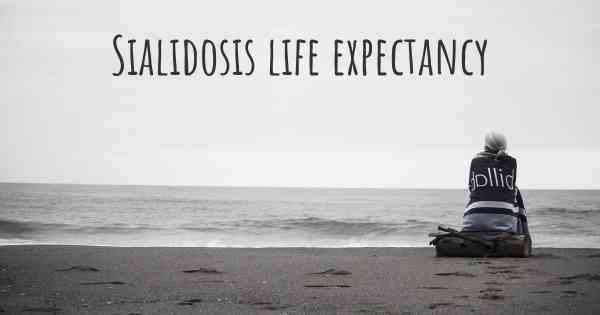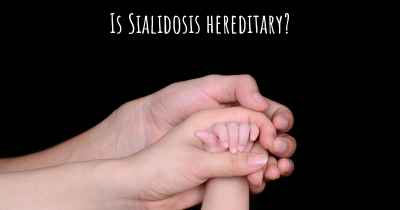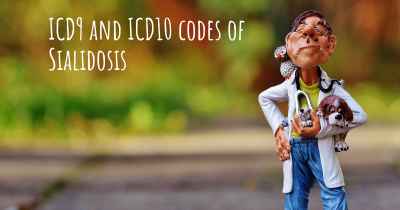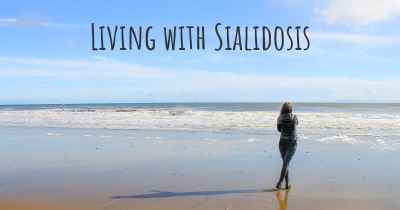What is the life expectancy of someone with Sialidosis?
Life expectancy of people with Sialidosis and recent progresses and researches in Sialidosis

Sialidosis is a rare genetic disorder characterized by a deficiency of the enzyme neuraminidase. The life expectancy of individuals with Sialidosis can vary depending on the severity of the condition and the specific subtype. In general, the prognosis is poor, with most affected individuals experiencing progressive neurological deterioration. The disease can manifest in infancy, childhood, or adulthood, and symptoms may include developmental delay, intellectual disability, skeletal abnormalities, and impaired vision. Unfortunately, there is currently no cure for Sialidosis, and treatment mainly focuses on managing the symptoms and providing supportive care. It is crucial for individuals with Sialidosis to receive comprehensive medical care and ongoing monitoring to optimize their quality of life.
Sialidosis is a rare genetic disorder that affects the body's ability to break down certain substances called sialic acids. This condition is caused by mutations in the NEU1 gene, which provides instructions for producing an enzyme called neuraminidase. Neuraminidase is responsible for breaking down sialic acids in the body.
There are two types of sialidosis: type I and type II. Type I is the milder form, while type II is more severe. The severity of the condition can vary widely among affected individuals, making it difficult to predict the exact life expectancy for someone with sialidosis.
Type I Sialidosis:
Individuals with type I sialidosis typically have a slower progression of symptoms and a longer life expectancy compared to those with type II. Symptoms usually appear in late childhood or early adulthood and may include:
- Coarse facial features
- Cherry-red spots in the eyes
- Intellectual disability
- Seizures
- Ataxia (lack of muscle coordination)
- Progressive visual and hearing impairment
While there is no cure for type I sialidosis, supportive treatments can help manage the symptoms and improve the quality of life for affected individuals. These may include physical therapy, speech therapy, and educational interventions. With proper management and care, individuals with type I sialidosis can live into adulthood and beyond.
Type II Sialidosis:
Type II sialidosis is the more severe form of the condition and is associated with a shorter life expectancy. Symptoms typically appear in infancy or early childhood and progress rapidly. Common features of type II sialidosis include:
- Severe intellectual disability
- Developmental delay
- Coarse facial features
- Cherry-red spots in the eyes
- Organomegaly (enlarged organs)
- Seizures
- Progressive visual and hearing impairment
Unfortunately, individuals with type II sialidosis often experience a decline in health and function over time. The life expectancy for individuals with type II sialidosis is generally shorter compared to type I, with most affected individuals not surviving beyond their teenage years or early adulthood.
Conclusion:
Sialidosis is a rare genetic disorder that can have varying degrees of severity. Type I sialidosis is typically milder and associated with a longer life expectancy, while type II sialidosis is more severe and associated with a shorter life expectancy. It is important to note that these are general trends, and the actual life expectancy can vary depending on the individual and the specific manifestations of the condition. Early diagnosis, appropriate medical management, and supportive care can help improve the quality of life for individuals with sialidosis.
Some relevant symptoms that can affect the daily life of every patient are: low vision, mioclonyas, seizures, ataxia, muscular disorders, among others.
Posted Dec 30, 2017 by Trajano 5900
Posted Aug 11, 2017 by Trajano 5900








